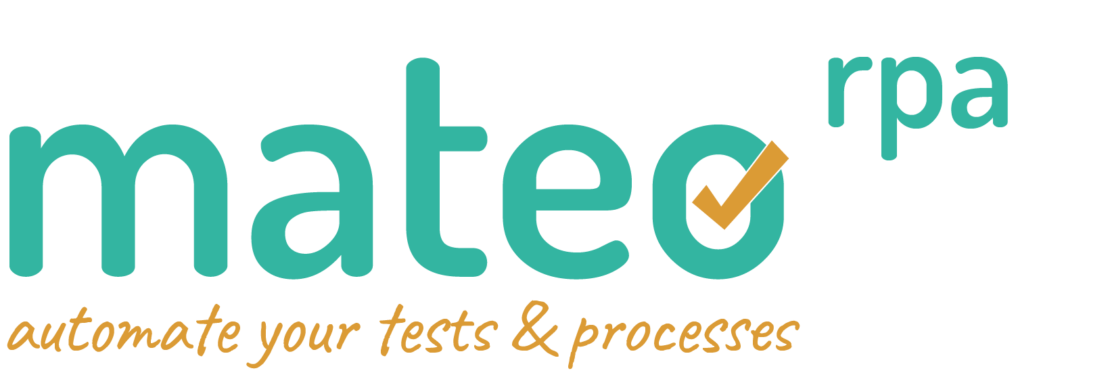
RPA – Robotic Process Automation
Robotic Process Automation (RPA) is the automated processing of digitised business procedures through computer programmes. With the help of software robots, an interface automation is implemented, which makes it possible to imitate manual interactions of a human with a software system.
The tasks may include queries, calculations or the maintenance of input forms or transactions. Business processes are exclusively repetitive and rule-based processes or routine tasks that are usually performed by humans. In the Process automation software programs take over the roles and tasks of the users and interact in the same way. Therefore one also speaks of software robots or bots. Examples from the insurance sector are the processing and initial notification for the settlement of claims or the automatic data maintenance for registration and change processes at customers.
-
Relief from routine tasks
Highly repetitive, rule-based processes or routine tasks, which are often annoying for people due to many repetitions, can be automated easily and quickly. Team members can devote themselves to other/more demanding tasks.
-
Time saving
RPA performs more tasks in the same time. Tasks can also be executed overnight.
-
Cost saving
Through the automation of processes, significant cost advantages can be achieved in comparison to a manual execution if processes are carried out several times.
-
100% error-free & reliable
Automation automatically leads to higher reliability of the results because robots do not make mistakes.
RPA distinguished from AI
The robots used are only as good as the set of rules on which they are based. They are not able to react flexibly to deviations or variants, for example, if process input data is not clearly structured or decisions within the process are complex and non-linear.
These different limitations in pure process automation are addressed by technologies in the field of artificial intelligence (AI), which have the ability for self-learning.
RPA in cooperation with BPM
RPA and BPM are two sides of the same coin. Both have in common their goal of automating processes. The approach of Robotic Process Automation is to execute existing applications that were actually written for human operation. So when using RPA, automation can be started very quickly.
BPM automates processes by writing services that are orchestrated by a process engine. Individual services can be roughly abstracted and understood as individual processing steps that could also be performed by a human being. The BPM approach usually requires a little more time for implementation. However, since all steps are ultimately completed by the process engine or the services called by it, the throughput here is of course significantly higher than with the RPA approach.
Human interaction may also be possible or necessary when using a process engine. If a human being has to make a decision, no robot in the world is currently able to do so. However, if a human being has to operate an application at one point, which for cost reasons, for example, should not be replaced by a service, a robot is a good alternative. The robot used only has to offer an interface or be addressable via BPM as modeling notation. Both are possible with mateo rpa.

